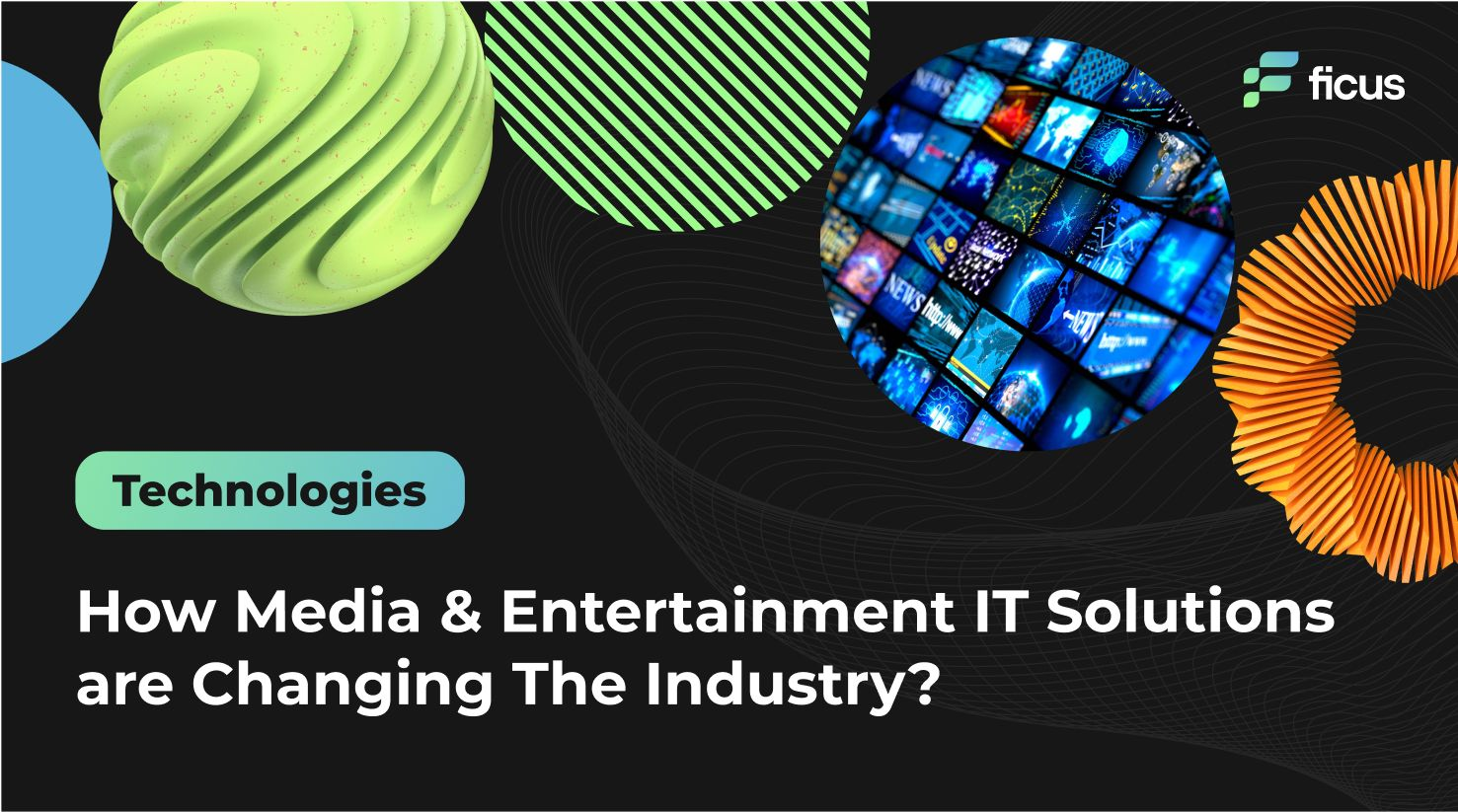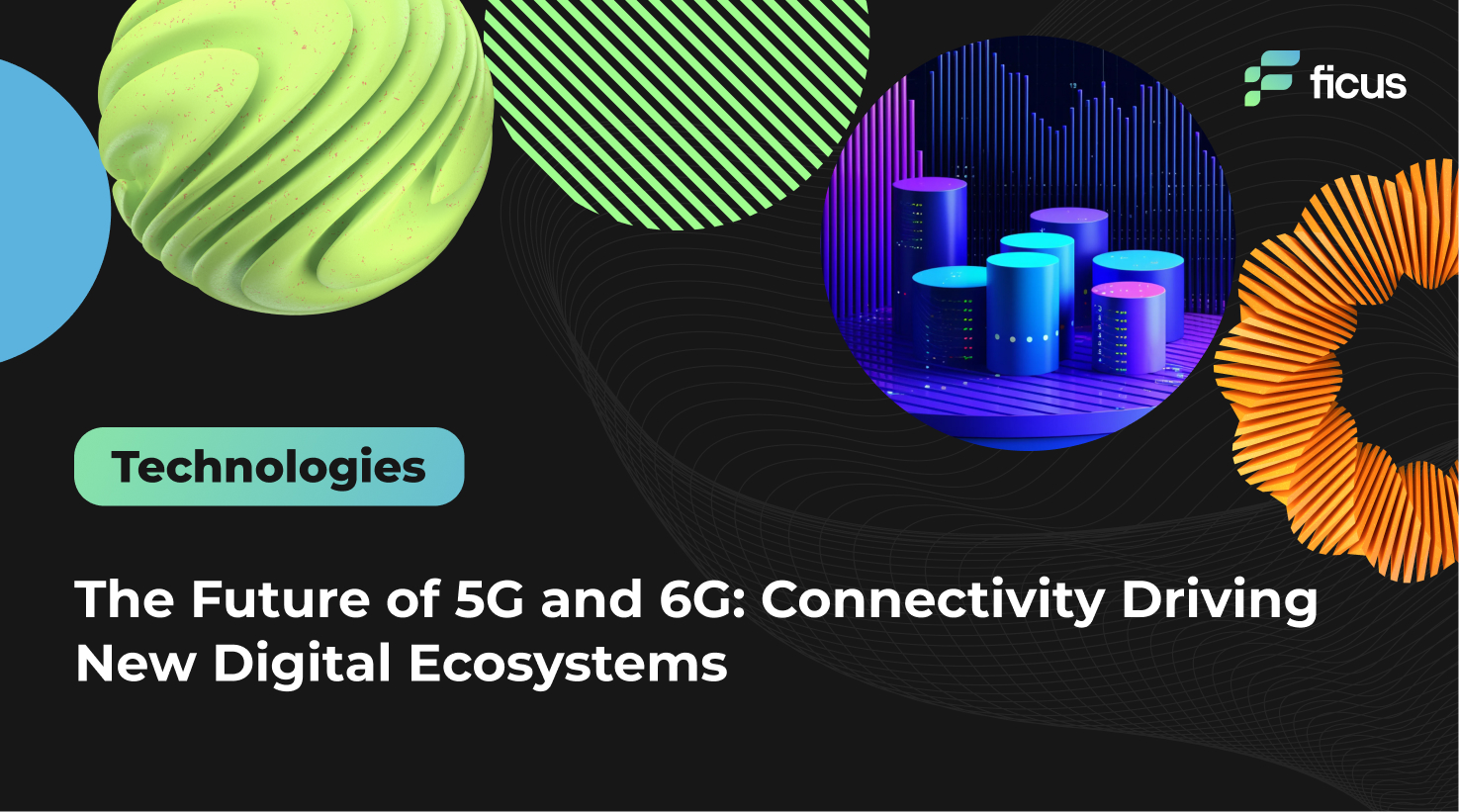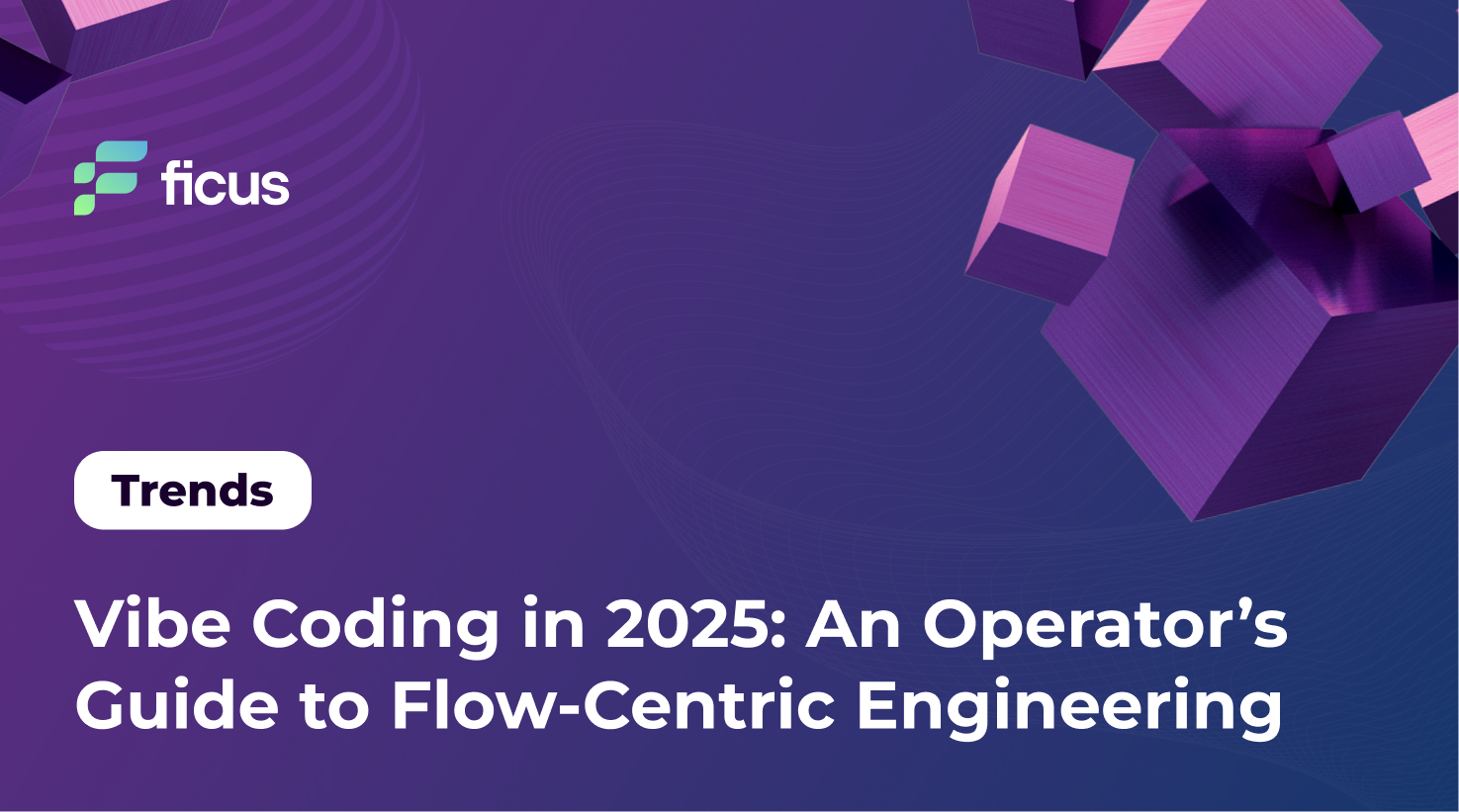In the rapidly evolving world of media entertainment IT solutions, the combination of streaming video, social media, and gaming is changing the industry paradigm. Traditional playbooks are no longer sufficient; instead, modern cloud technologies are becoming the catalyst for a flexible, agile environment. This transition to a new digital entertainment reality is driven by large providers’ cooperation with gaming companies that use immersive technologies. As the boundaries between streaming, social media, user-generated content, and gaming are blurred, innovation is flourishing, opening up new business models. As content creation and distribution channels evolve, flexibility is paramount. Media and entertainment solutions enable companies to navigate this dynamic transformation, ensuring resilience and speed of decision-making in the age of convergence.
- Cloud, AI, and data strategies drive industry evolution. Social media, Gen Z, and AI redefine engagement.
- Social media, Gen Z, and AI redefine engagement.
- Ficus Technologies empowers success in evolving media solutions.
Three Major Factors Transforming the Media & Entertainment Industry
Discover the seismic shifts in the media entertainment IT solutions landscape with three key drivers. From the growing influence of social media to the rising purchasing power of Generation Z to the integration of analytics and artificial intelligence, witness the evolution that is redefining the future of media and entertainment solutions.
1. Growing social media influence
The media entertainment IT solutions industry is undergoing a paradigm shift with the growing influence of social media. It is no longer just a communication platform but a dynamic force that is changing the industry. From series like Squid Game, which has gone viral on platforms like TikTok, with more than 65.2 billion views, to the #BookTokChallenge that drives book sales, the impact of social media is undeniable. Streaming services use these platforms for updates, fan communities, and innovative marketing. Traditional players cannot ignore this shift, as social media offers transparency, authenticity, and organic reach, blurring the line between content producers and audiences in the evolving media and entertainment solution ecosystem.
2. Increasing buying power of Gen Z
The seismic rise of Generation Z, born on the wave of the digital revolution, marks a dramatic change in the landscape of the media and entertainment IT solutions industry. This generation, which is projected to have a staggering $33 trillion in revenue by 2030, is rewriting the rules of consumer engagement. Generation Z members require strategic attention as avid consumers, creators, and advocates. Consuming 7.2 hours of video content every day, they are looking to platforms like YouTube and TikTok to express themselves. Interacting with niche online communities, they easily navigate the virtual world. Brands looking to resonate must align with their progressive values, recognizing Generation Z’s key role in shaping the future of media and entertainment solutions.
3. Analytics and Artificial Intelligence (AI)
In the dynamic field of media entertainment IT solutions, the emergence of analytics and artificial intelligence (AI) has created a revolutionary wave. From content creation to distribution and consumption, AI is acting as a disruptive force that is changing all aspects of the industry. Streaming services powered by AI excellence have redefined the user experience by leveraging deep learning for hyper-personalization and smart recommendations. Beyond streaming, AI is driving efficient distribution in Hollywood studios by optimizing decisions based on factors such as star power and distribution channels. The transformative impact extends to tedious tasks such as metadata tagging, as AI tools for video analysis simplify the organization of content across digital content networks. The rapid evolution of AI is shaping a future in which personalized interactive content will become the norm, revolutionizing the entire landscape of media and entertainment solutions.
The future of media and entertainment is scripted in code, and IT solutions are the words that bring forth innovation and creativity.
Grace Codenova
How AI Is Improving The Media And Entertainment Industry
Artificial intelligence is revolutionizing the landscape of the media and entertainment IT solutions industry, profoundly impacting operations and improving the consumer experience. Companies are using AI to create hyper-targeted ads, personalized content, and seamless user experiences, transforming the industry. The integration of AI is becoming a cornerstone for increasing the efficiency and personalization of media and entertainment solutions, driving innovation, and shaping the future of the industry.
Advertising and Marketing
In the ever-changing landscape of IT solutions for media and entertainment IT solutions, the synergy of artificial intelligence in advertising and marketing is changing strategies. From creating compelling ads to promoting movies, AI-powered predictive analytics are revolutionizing campaign planning. Customized solutions that are tailored to consumer preferences are emerging, using the power of data analysis and social media trends. This not only ensures accurate audience targeting but also increases the overall ROI of marketing for the entertainment industry. Utilizing these AI-powered marketing techniques helps navigate the competitive and dynamic environment of media and entertainment solutions, ensuring effective campaigns that resonate with the right audience.
Personalization of the Customer Experience
In today’s world of media and entertainment IT solutions sector, personalization of the customer experience using advanced artificial intelligence algorithms is key. These algorithms delve into user data to offer customized recommendations for movies, TV shows, and music. This personalized approach not only increases user engagement but is also a prerequisite for the success of the industry. Take Netflix, which uses this technology for its 100 million subscribers, providing them with content tailored to individual preferences. Platforms like IRIS further enhance the experience by matching content to users’ tastes based on their viewing history, illustrating the transformative power of personalization in the evolving paradigm of media and entertainment solutions.
Search Friendliness
In the field of media and entertainment IT solutions, usability depends on the simplicity of search functionality. Navigating vast libraries of content can be challenging, driving the need for platforms that optimize search usability. Some solutions go beyond traditional text input, allowing users to upload images or use voice search data to simplify the process of finding the next show or piece of content. This emphasis on searchability not only simplifies the user experience but also serves as a cornerstone in the changing landscape of media and entertainment solutions, ensuring that users are accessible and satisfied in their search for a personalized entertainment experience.
AR/VR is more Widely Used
In the ever-changing landscape of media and entertainment IT solutions, augmented reality (AR) and virtual reality (VR) have become transformative forces. Not only have these immersive technologies changed the gaming industry, but they have also become widespread. VR headsets offer gamers an unparalleled experience, and AI-based enhancements make background characters more responsive to real-world scenarios. The synergy of AI and augmented and virtual reality is transforming the entertainment industry, improving storytelling in content, games, and events. AI’s predictive capabilities extend to personalized shopping and even provide product options for organizers. From immersive movies to augmented and virtual reality kiosks that engage customers, this convergence is revolutionizing the very essence of the media and entertainment IT solutions paradigm.
Getting Ongoing Content Security
In the rapidly evolving world of media and entertainment IT solutions, ensuring the ongoing security of content is of paramount importance. Companies that strive to meet the needs of consumers cannot afford to ignore such an important aspect as security. Reliable protection is the best way to protect yourself, so it’s crucial to build security into your cloud infrastructure procedures from the start. This proactive approach greatly reduces the likelihood of attackers exploiting vulnerabilities. The protection of customer data, intellectual property, and other media investments depends on the speed with which security measures are implemented. In this dynamic environment, prioritizing the ongoing protection of content becomes a cornerstone for maintaining consumer trust and supporting the integrity of media and entertainment solutions.
Are you ready to improve your media and entertainment business solutions?
Contact UsSix Ways AI Will Change Media & Entertainment
As content consumption patterns change, media entertainment IT solutions companies are adapting their offerings and structures. Using data and usage trends, they are targeting billions of users around the world. The new data era emphasizes real-time adaptation based on a variety of data sources, and artificial intelligence and machine learning are scaling operations in today’s media and entertainment industries.
Hyper-Targeted Advertising
In the landscape of the media and entertainment IT solutions industry, the paradigm of hyper-targeted advertising is changing engagement strategies. Using the integration of data from various sources, companies are now creating specialized offers tailored to their entire customer base. The concept of targeting on television and in advertising allows for precise communication according to customer preferences. Artificial and machine intelligence plays a key role in accurately calculating audience churn, optimizing ad placement, and creating personalized offers. This pragmatic approach, based on data analysis, ensures not only resonance but also significant conversion. In the context of the dynamic interaction between consumer dynamics and media and entertainment solutions, hyper-targeted advertising is becoming a strategic element.
Optimized Media Scheduling
In the media and entertainment IT solutions industry, optimized media planning is a key element of work. The combination of artificial intelligence and data-driven strategies involves correlating different data sources. Users can determine the best actions and make accurate forecasts. Non-traditional data sources, such as weather conditions, are proving to be important for optimizing planning. Real-time adjustments, such as changing media broadcast schedules based on current weather, illustrate adaptability. Understanding audience behavior under specific conditions, such as increased activity on rainy days, gives companies the ability to dynamically adjust scheduling flows. This pragmatic approach enables strategic adaptability, increasing impact in the ever-changing landscape of media and entertainment solutions.
Programmatic Ad Buying
In the field of media and entertainment IT solutions, Programmatic Ad Buying is changing the landscape of ad space purchases. Unlike traditional methods that analyze audience demographics, programmatic ad buying integrates real-time data analysis and automation. This automated approach goes beyond manual processes by dynamically buying ads across multiple media channels, including broadcast TV, cable, satellite, and streaming services such as Hulu and Netflix. This systematic approach utilizes advanced systems that track audience dynamics across channels, responding quickly to available advertising space. In this pragmatic paradigm of media and entertainment solutions, Programmatic Ad Buying emerges as a simplified, data-driven strategy that optimizes the efficiency of ad space purchases.
Predictive Modeling for Targeted Content Generating
In the field of media and entertainment IT solutions, the use of predictive modeling to create targeted content is crucial. Inspired by statistical data, the creators of Netflix’s “House of Cards” attribute the show’s success to the early use of predictive modeling and data-driven insights, which differ from traditional brainstorming methods. This underscores the strategic shift toward predictive models and informed decisions. Media and entertainment organizations are using predictive modeling to forecast audience behavior in real-time, shaping both short-term content decisions and long-term investments. This approach anticipates the evolution of content preferences and viewership trends, influencing the dynamic landscape of media and entertainment solutions.
Churn Prevention
In the field of media and entertainment IT solutions, preventing churn is a vital strategic objective. This applies not only to the entertainment and media industry but also to other industries. Identifying customers who are prone to churn is crucial, allowing for targeted marketing and specialized offers. The use of data science and machine learning is proving to be useful in predicting and reducing customer churn. Understanding and proactively addressing customer churn is fundamental to maintaining engagement and loyalty in the ever-dynamic and evolving media and entertainment solutions market. This data-driven approach enables companies to strategically retain their audience and optimize their market presence.
Smart Recommendations and Personalized Content Experiences
In the of media and entertainment IT solutions industry, smart recommendations and personalized content are at the center of the game. Media outlets are using recommender systems to predict interesting content, and this practice extends beyond news to a variety of platforms. Businesses are using structured and unstructured data, applying machine learning to match users with personalized content, increasing relevance and reducing costs. Pioneers such as Netflix and TikTok are focusing on interactive, AI-powered intelligent content, marking a shift from traditional recommendation algorithms to personalized, AI-driven experiences. Technology underpins every aspect, from streaming media and virtual reality games to innovative distribution methods, illustrating the transformative impact in the media and entertainment solution ecosystem.
Conclusion
The transformative impact of modern cloud technologies, artificial intelligence, and data-driven strategies is changing the landscape of media and entertainment solutions. From the synergy of video streaming, social media, and gaming to predictive modeling that enables the creation of targeted content, every aspect of the industry is undergoing a significant evolution. The growing influence of social media, the increasing purchasing power of Generation Z, and the integration of analytics and artificial intelligence are driving these transformational changes. As the boundaries between traditional categories blur, the industry is poised for a future defined by innovation, flexibility, and personalized user experiences.
At Ficus Technologies, we understand the complex dynamics of the media and entertainment IT solutions industry. Our cutting-edge solutions leverage the power of data analytics, and cloud technologies to help companies navigate this dynamic transformation. Ficus Technologies offers customized solutions to ensure resilience, flexibility, and success in the changing landscape of media and entertainment solutions. With our expertise, companies can harness the full potential of modern technology, turning challenges into opportunities and delivering unique experiences for their audiences.
IT solutions for the media and entertainment industry support data-driven decision-making by leveraging the power of analytics, artificial intelligence, and cloud technologies. These solutions use data analytics to extract meaningful information from huge amounts of data, allowing companies to understand user behavior, preferences, and market trends. Artificial intelligence improves decision-making through predictive modeling, optimizing content creation, distribution, and advertising strategies. Cloud technologies provide a scalable and flexible infrastructure, ensuring uninterrupted data storage, processing, and access. By integrating these elements, media and entertainment solutions enable industry professionals to make informed decisions, adapt to changing trends, and deliver personalized experiences that ultimately drive innovation and success in a dynamic environment.
IT solutions for the media and entertainment industry address cybersecurity concerns through proactive measures built into the cloud infrastructure. These solutions prioritize the ongoing protection of content by implementing robust security protocols from the outset. By integrating encryption, access control, and regular security audits, they protect customer data, intellectual property, and media investments. This proactive approach minimizes vulnerabilities and reduces the risk of unauthorized access. In addition, these solutions keep pace with the evolution of cybersecurity threats, providing a dynamic defense strategy. By prioritizing the ongoing protection of content, IT solutions for media and entertainment build consumer trust, maintain industry integrity, and reduce potential security risks.








